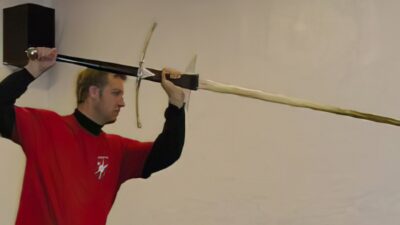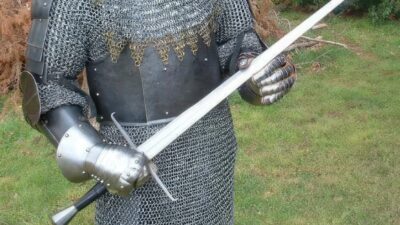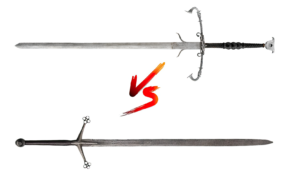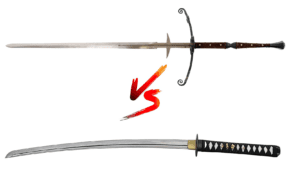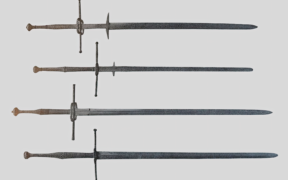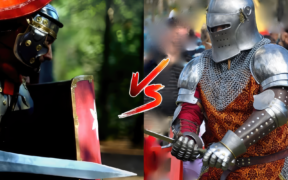Zweihander vs Longsword: Design & History
NO AI USED This Article has been written and edited by our team with no help of the AI
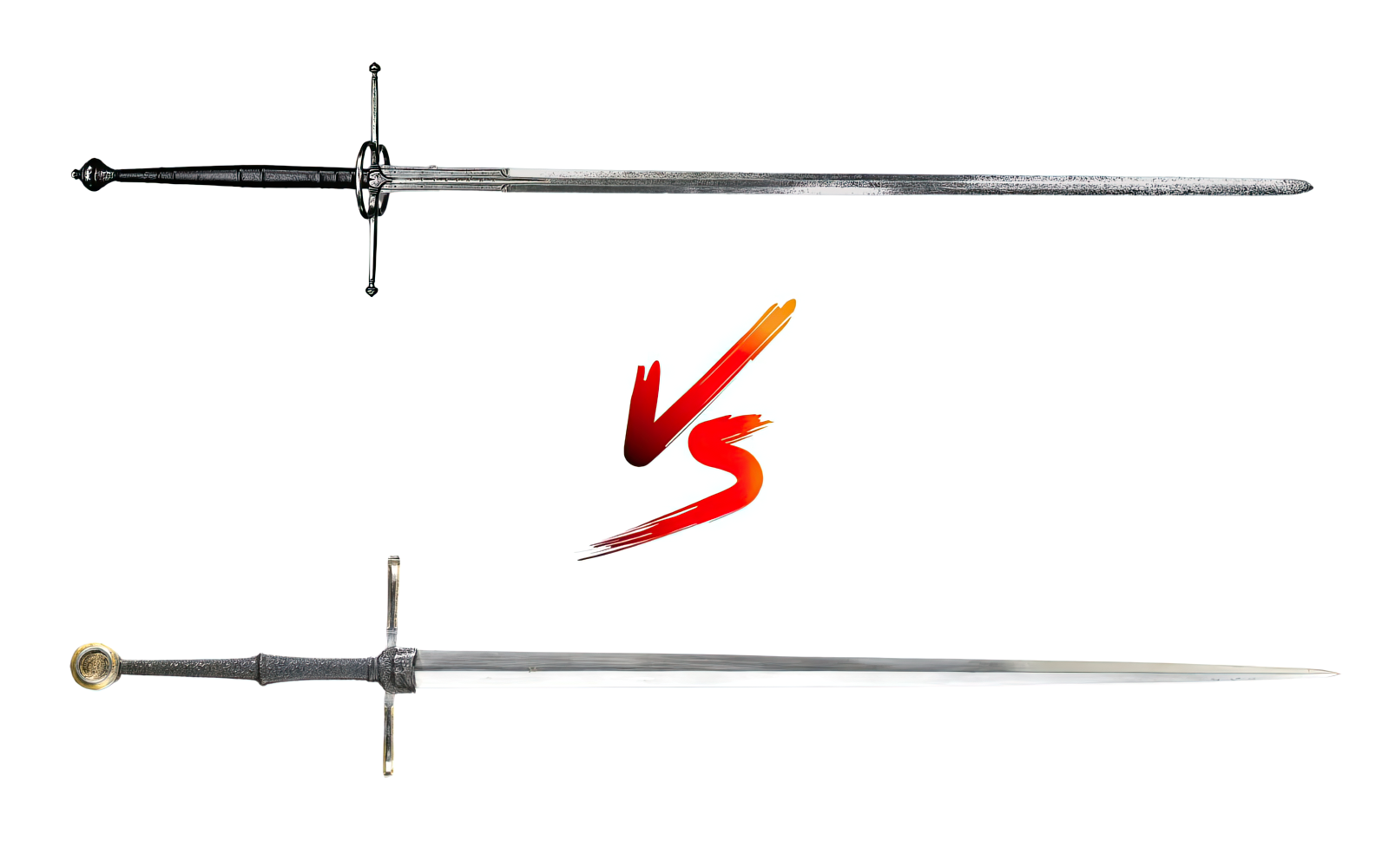
Zweihanders and longswords are both well-known European swords that are now popular, thanks to various video games, books, and movies in pop culture. Other than those similarities, these two swords are very different.
This article delves into both the Zweihander and longsword along with their differences in terms of design, function, and historical uses in combat.
Terms, Characteristics, and Design Differences
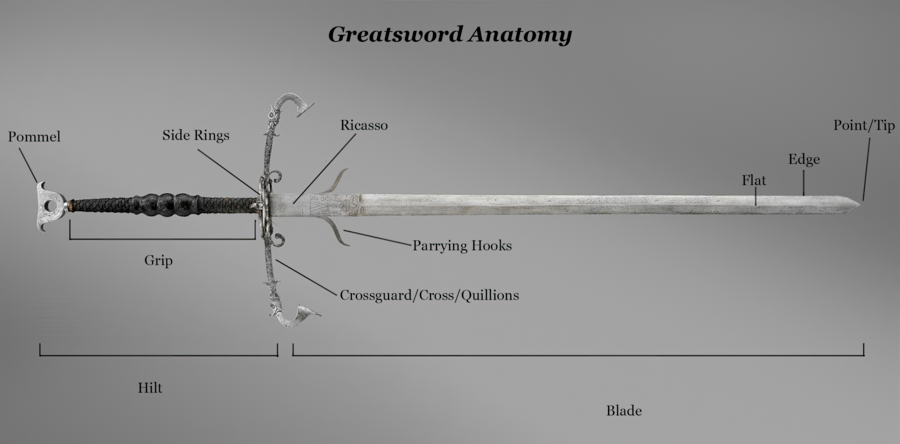
“Zweihander ” is a modern term that means “two hander”. More accurately known as a Doppelhander (double hander) or Beidhander (both hander), it is also called a greatsword by the English, montante by the Portuguese and Spanish, and spadone by the Italians. Due to a mistake in the 1911 edition of Encyclopedia Britannica, Zweihanders are often erroneously mistaken as a claymore.
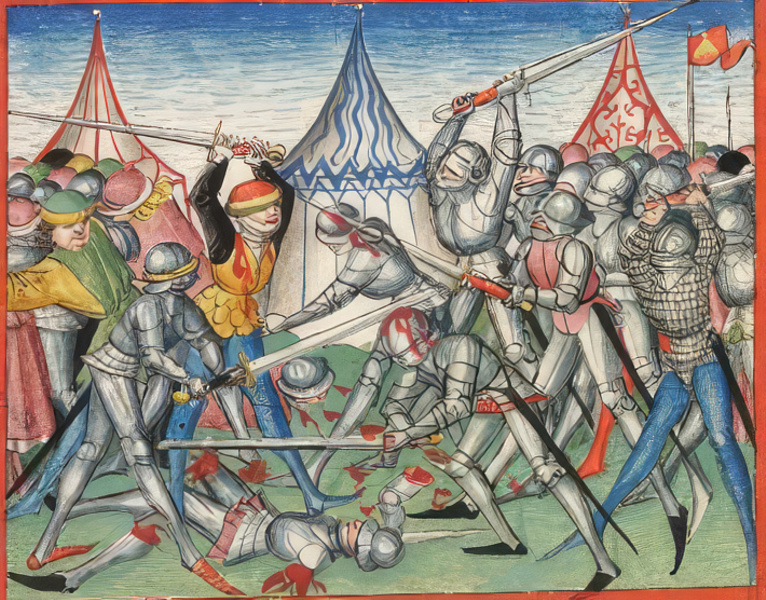
The term “Longsword” is also a relatively modern term used today to refer to swords that are light enough to be wielded with one hand, yet allows the accommodation of both hands if required. Having appeared since the 1250s, these longswords became most popular from 1370 to 1440, continuing until around 1550 when gunpowder weaponry changed the landscape of battle.
Anatomy and Function
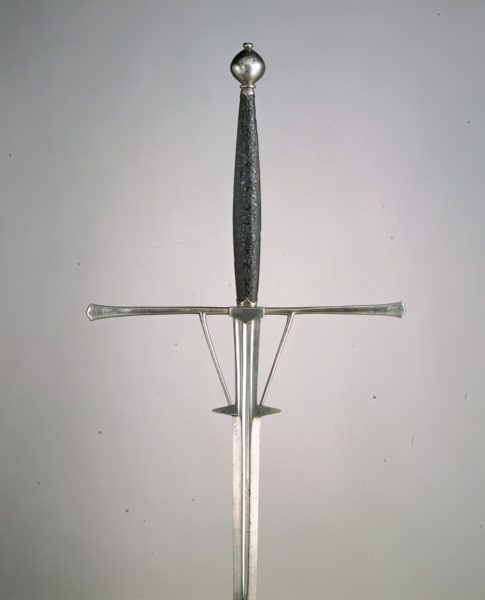
The Zweihander served as weapons for 15th century Swiss and German Landsknechts. Believed to have been derived from the standard German longsword, the Zweihander’s length is one of the longest swords in the world, ranging from 59 to 68.9 inches (150 – 175 cm) and weigh twice as much, about 3 to 7 lbs (1.4 – 3.2 kg).
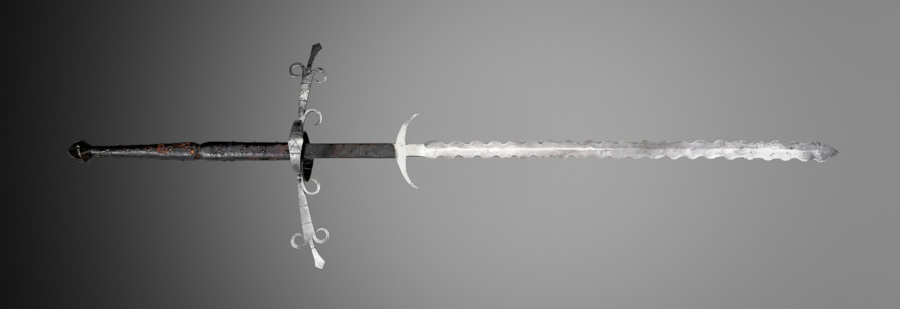
Its size gives it the advantages that makes it excellent for breaking through shields and formation while giving its wielder a boost of confidence in battle. Versatile and effective, this two-handed sword can also be used for:
| Parts | Function |
|---|---|
| Blade | Cutting and thrusting |
| Hilt | Smashing and pummeling |
| Quillons | Hooking the opponent or their weapons |
| Parrying hooks | Acts as a second guard. The unsharpened ricasso beneath the hooks give its wielder additional leverage, allowing for half-sword techniques and protecting one’s hand from a sliding blade. |
Once popular in the 16th and 17th centuries, this Renaissance weapon is now making a comeback, thanks to various video games, books, and movies in pop culture.
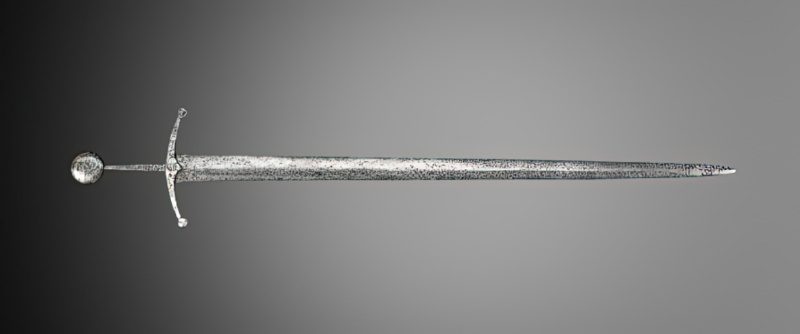
Medieval weapons such as longswords were not standardized and evolved with time and technology. This means that longsword designs can be generally categorized to:
- Before 1300 – Early longswords are similar to contemporary one-handed swords with broad parallel-edged or tapered blades to deliver strong cuts.
- After 1350 – Later longswords featured tapered blades with diamond shaped cross sections to produce a strong and rigid sword against enemies in plate armor.
- 1400 and later – The longsword’s design changed again to an “all purpose” cut and thrust type.
Generally, a longsword has a blade length ranging from 32.7 to 39.8 inches (83 – 101 cm) while its hilt is about 6.7 to 9.8 inches (17 – 25 cm) long. The longsword is also reasonably light, weighing around 3 to 4 lbs (1.4 – 1.8 kg). Its double edged tapering blades may or may not feature a fuller that helped lighten the blade without affecting its structure.
Unlike the Zweihander that capitalizes on its size and weight, longsword wielders focus on agility, reflex, and hand-eye coordination. For example, precision is required to stab the gaps in armor, parrying an opponent’s attack, and using the longsword to redirect the force of a blow.
The longsword is versatile and adaptable, where every part of the sword can be used to attack. Techniques such as the mordschlag uses the longsword as a makeshift bludgeon by striking opponents with the pommel or crossguard.
| Parts | Function |
|---|---|
| Point | Thrusting |
| Blade | Cutting and slicing |
| Pommel | Counterweight and striking |
| Crossguards | Hand protection, hooking an opponent, or using it like brass knuckles to punch opponents |
Besides combat, the longsword also served as a symbol of power and status.
Historical Uses
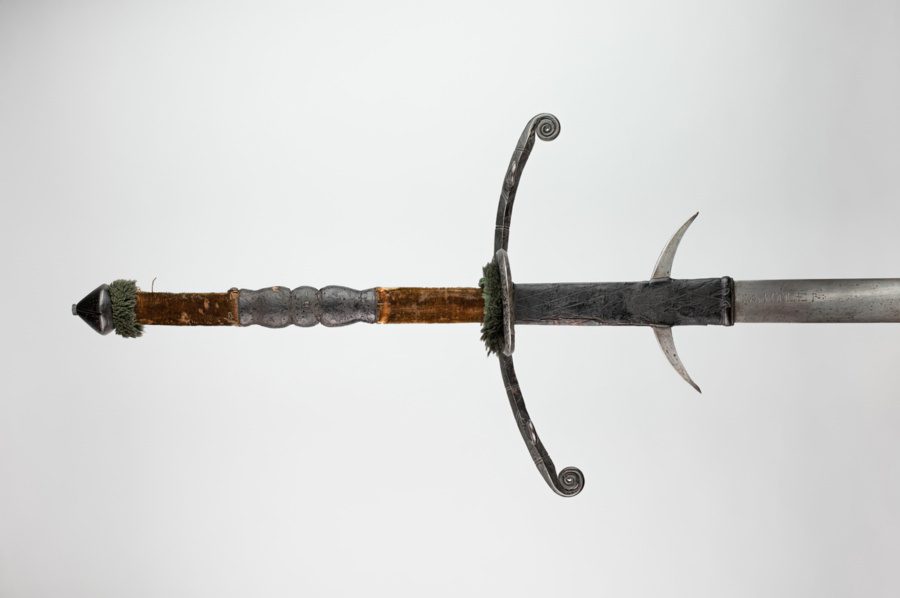
The sheer size of the Zweihander means that it can only be wielded effectively by highly trained soldiers known as doppelsoldners who fought at the front lines, breaking through the enemy’s pike formation. Due to the risk and training involved, their name translates to “double pay men”.
Some significant events involving the Zweihander include:
Battle of La Bicocca
In the Battle of La Bicocca 1552, the German Landsknechts were victorious against the Swiss pikemen who were regarded as the elites of European battlefields for half a century.
Battle of Kappel
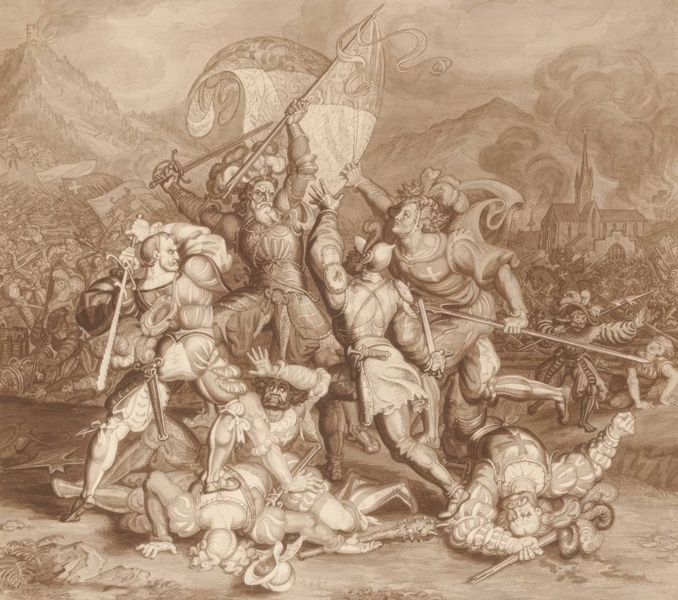
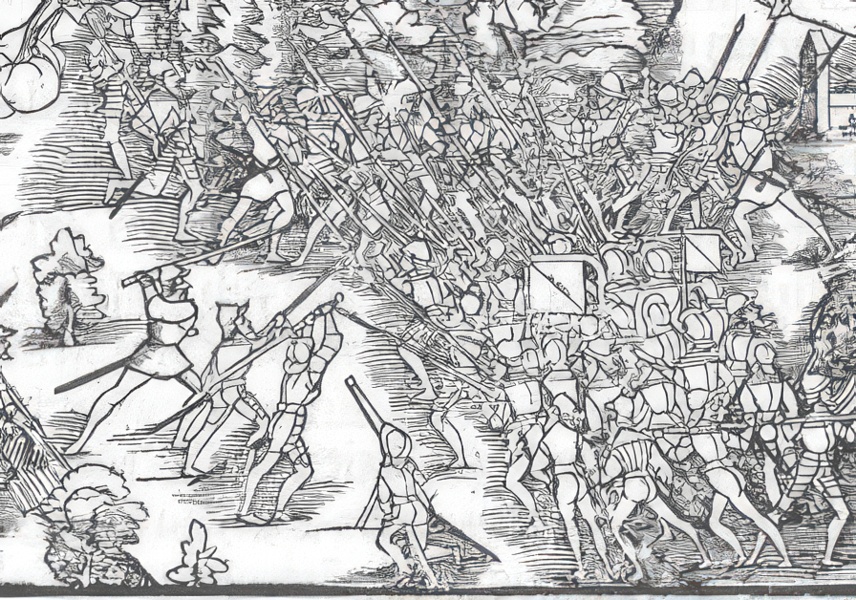
The Battle of Kappel was the sequel to the 1529 First War of Kappel which was narrowly avoided with last minute negotiations. However, the differences between the Protestants and Catholics were too great and on 11th October 1531, hostilities erupted between an estimated 2,000 soldiers from Zurich against at least 7,000 Catholic fighters.
Piers Gerlofs Donia

Pier Gerlofs Donia or Grutte Pier (meaning Big Pier) was a Frisian farmer and freedom fighter whose wife was killed, estate burnt, and village plundered by the Black Band, a Landsknecht regiment. Seeking revenge, he was said to wield the Zweihander so effectively that he beheaded multiple opponents with a single blow.
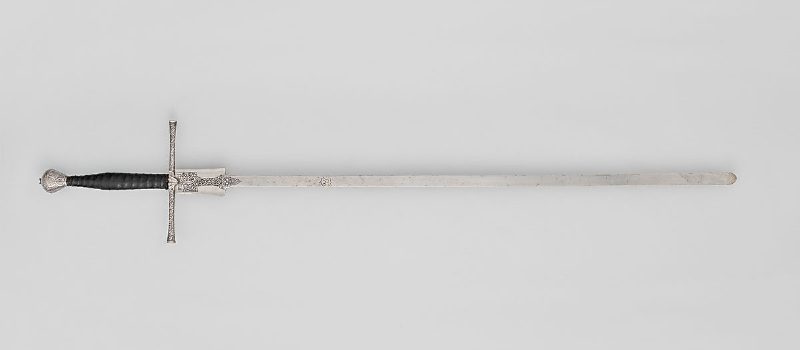
Since the longsword was one of the most popular swords in Europe, there are various surviving medieval fighting manuals that show using every part of the sword to attack. There are three longsword fighting styles – for unarmored, armored, and mounted opponents.
Here are some situations and events where it was once used:
- On the battlefield – Used as a secondary weapon such as a knight with a broken lance, or an enemy that makes it to an archer.
- Judicial duels – Used in one-on-one battles to settle legal disputes, especially when there is a serious crime punishable by death.
- Tournaments – Even when no longer relevant, longsword competitions were still held in small towns in Germany.
Battle of Crecy
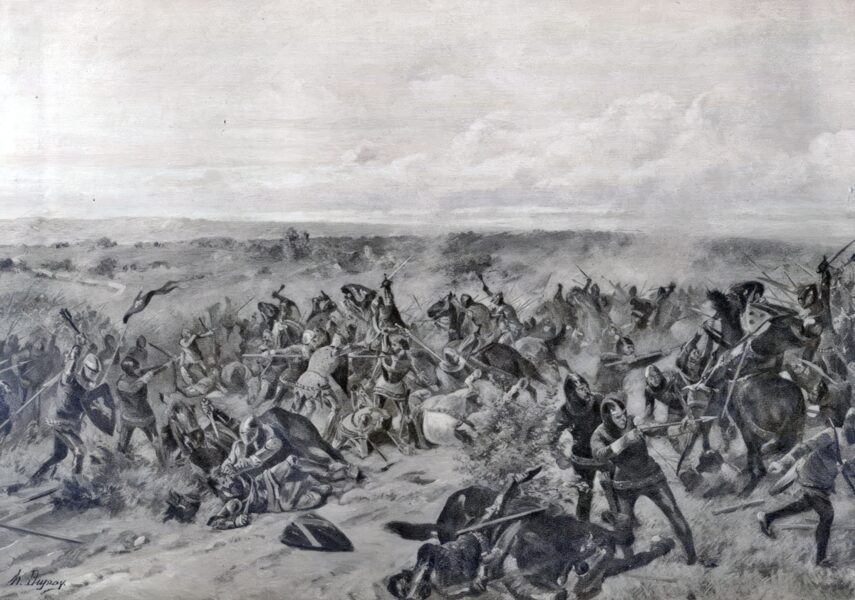
The Battle of Crecy on the 26th August 1346 was part of the Hundred Years’ War between the English and Welsh against an army of Bohemians, Flemings, French, Savoyards, Germans, and Luxemburgers. After the impact was delivered by the charge of mounted knights with the lance, battle with sword and shield, short spear, war hammer, mace, and dagger ensued.
Battle of Agincourt
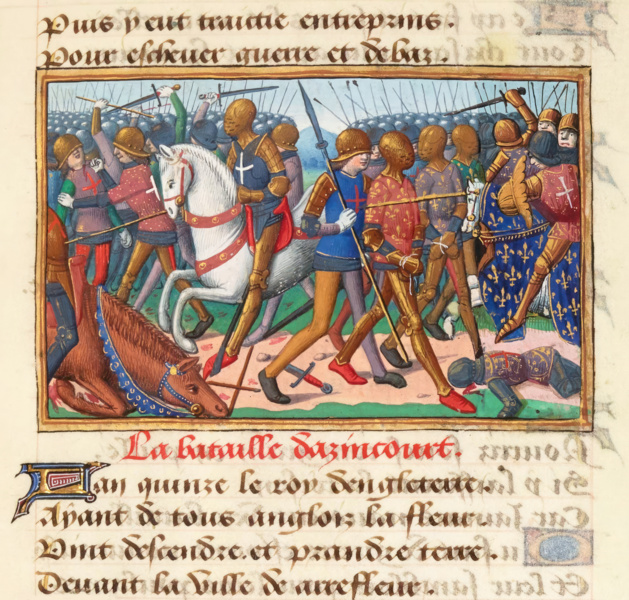
The Battle of Agincourt in 1415 was the decisive battle of the Hundred Years’ War. The English Army led by King Henry V was victorious despite the superior numbers of the opponent’s army. The cavalry troops at Agincourt wielded the lance, sword, and poleaxe as their favored weapons.
Battle of Bosworth Field
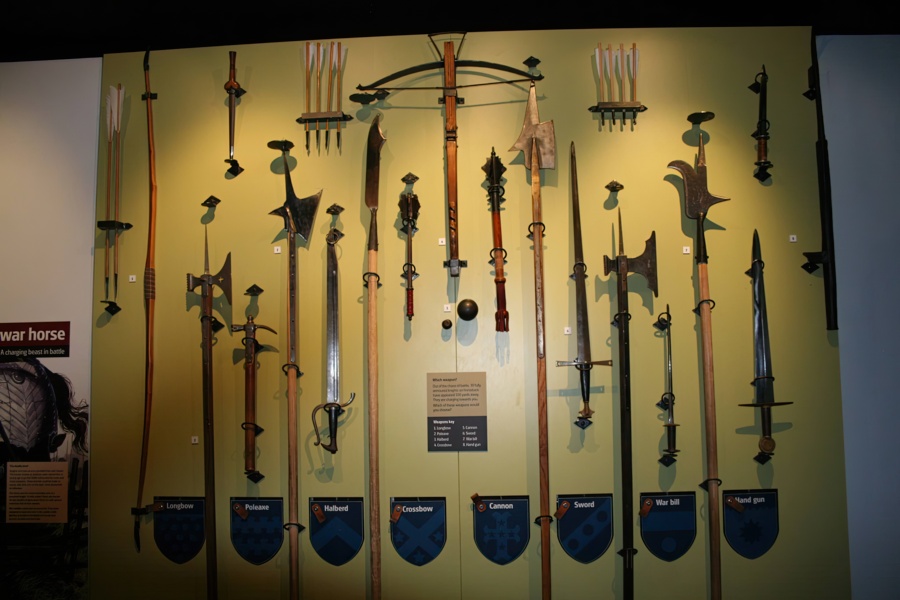
One of the most important battles in Welsh and English history is the Wars of the Roses where the last battle took place in Bosworth Field in 1485. The battle between King Richard III and Henry Tudor, future Henry VII, resulted in the establishment of the Tudor dynasty on the English throne.
Combat Styles
Zweihanders and longswords have different combat styles. Two-handed swords such as the Zweihander are larger than longswords and therefore, require more strength and a flowing momentum, capitalizing on the weight and inertia of the sword.
“Longswords” as a term refers to a wide range of swords, even encompassing several different Oakeshott blade types. This includes the following but are not limited to:
- Type XVa – Designed for thrusting and has a grip long enough to accommodate two hands
- Type XVIa – Features a flat tapering blade with a slightly shorter grip that still fits both hands, giving it the advantage of speed and maneuverability
- Types XVII, XVIIIb, XVIIIc – Classic longswords from 14th to 16th centuries
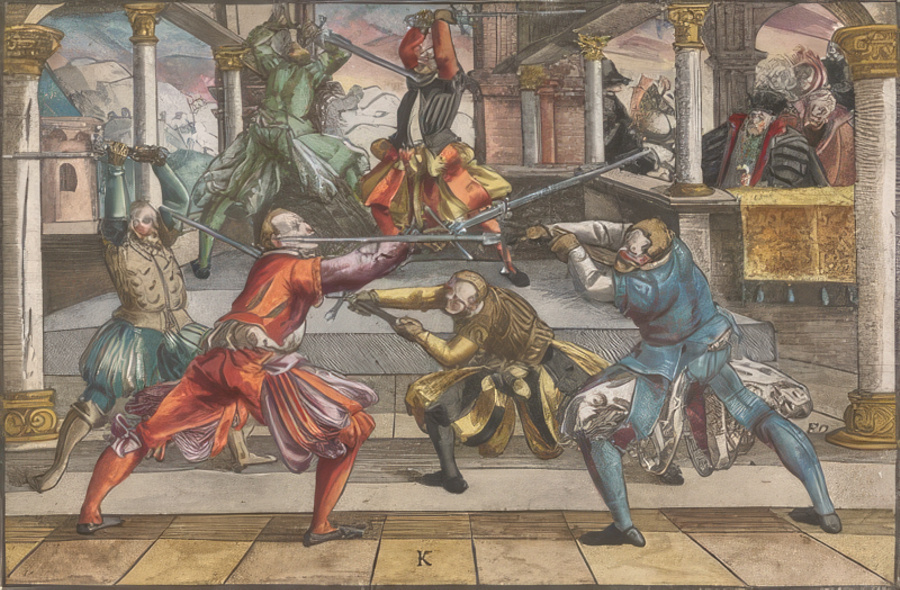
In general, longswords can be used based on the manuscripts and treatises of Italian and German fencing masters of the 14th to 16th centuries. Being relatively light, changes in direction mid-swing, complex engagements, and feints are potential techniques in combat.
For those interested in learning more about two-handed Renaissance swords, the Spadone Project is an Italian nonprofit research initiative focusing on historical sources and notions of these weapons.
